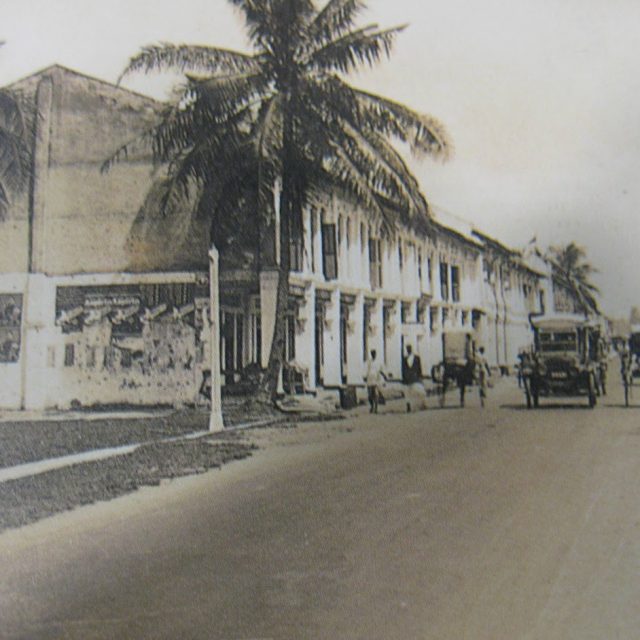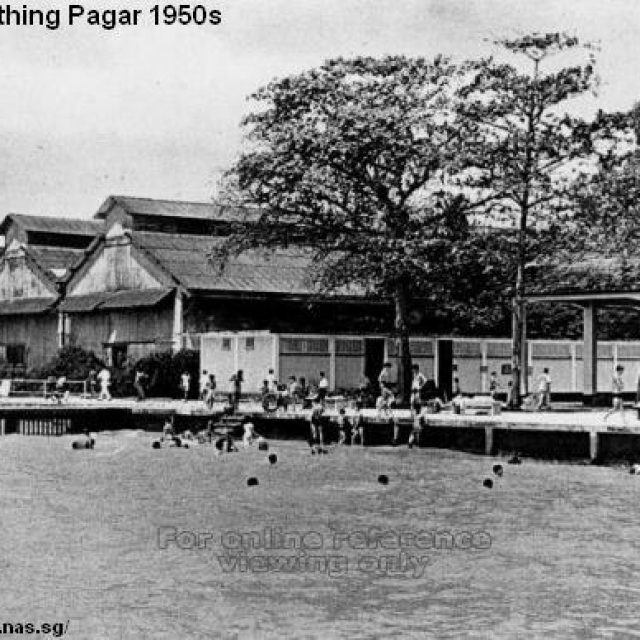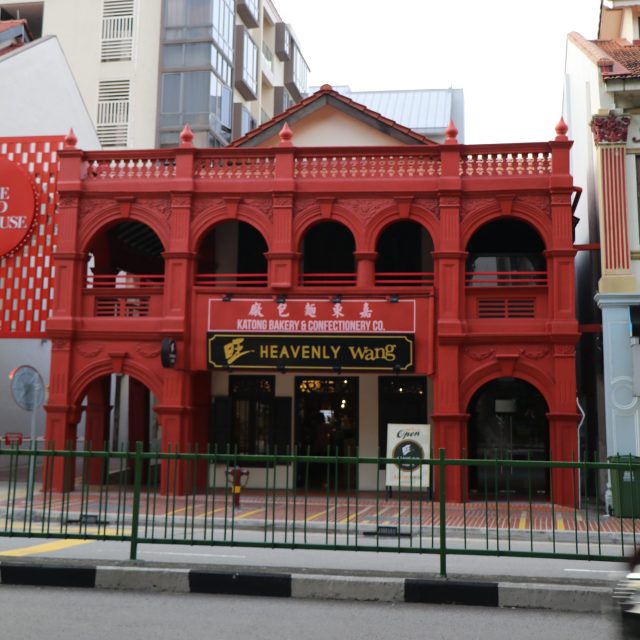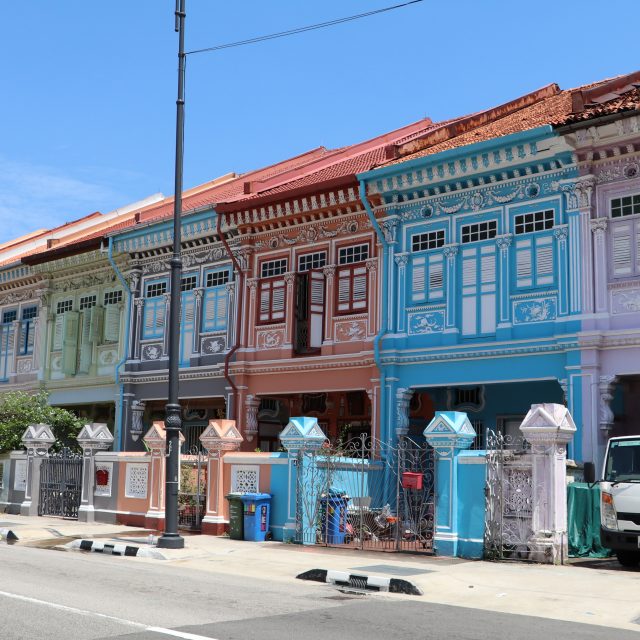Blog

Pioneers of Katong
What would Katong be without these two incredible people – Chew Joo Chiat and Cheong Koong Seng – who have made a name for themselves. From the famous residential precincts to the lively shophouses that dot the area, these two men need to be celebrated and recognised for their founding work. Here’s a little history about them Chew Joo Chiat He’s a famous migrant from China and he transformed to become a wealthy philanthropist. Most of his money was made through trade: being a plantation owner, cultivating crops such as gambier, coconut and nutmeg. In the early 1900s, he became so wealthy that he bought a sizeable piece of land in the Katong/Joo Chiat area, thereby becoming known as “King of Katong”. Chew bought the freehold land, spanning 12,070 sq ft at a princely sum then of $460, as recorded in a 1910 property notice. The purchased land was called Confederate Estate Road, a simple dirt track from Geylang Serai, through Confederate Estate and Perseverance Estate, to the seafront. By 1917, Confederate Estate Road became known as Joo Chiat Road, after the wealthy trade agreed to make it available for public use. Other roads such as Joo Chiat terrace and […]

The Eurasian Tapestry in Katong
The smallest community in Singapore belongs to the Eurasians – the makeup about 0.5 per cent of Singapore’s total population. Despite being small in size, don’t snub them. The Eurasians have been an integral fabric of our society. Katong, in particular, housed many Eurasian families since the 1950s. “But who are the Eurasians?”, one might ask. Basically, a Eurasian person is of both Western/European and Asian descent. They embody the historical interactions between the East and West. The origins, heritage and culture go back to hundreds of years and their trade and colonial rule in the region cannot be ignored. In fact, a National Library Board source states that: “The origins of the Eurasians can be traced to the Europeans traders, administrators and private individuals who travelled to Asia between the 16th and 20th centuries. The Portuguese were among the earliest Europeans to arrive in Asia, exerting their presence in India from 1505 and in Malacca from 1511 to 1641.” While the Eurasian community is made up of diverse European and Asian lines, the more commonly known ancestries include individuals from descents such as Portuguese, Dutch and British. Katong was widely known as a place where Eurasians lived and worked […]

The Peranakan Heritage in Katong
What is a Peranakan, or who are the Peranakans? The term is often referred to their cuisine. “Oh I love to eat Peranakan food!” as one might quip. The term Peranakan refers to people of a Chinese/Malay/Indonesian mixed heritage. Their origins go as far back as 15th-century Malacca where Chinese traders married local women. Babas are the males in the Peranakan community while females are known as Nonyas. However, with the passing of time, some traditional Peranakans have lost some of their cultural practices while some have retained it. The unique “Peranakan” word is an Indonesian/Malay word that means “local born”, however, not all Peranakans have their Chinese ancestry. Much of the Peranakan culture started to disappear after the post-war years. Today’s young Peranakans don’t speak Malay, and they are not interested in their culture or cuisine whom their fathers or grandfathers had cherished. However, in 2008, our local TV station’s “The Little Nonya” production started to reignite the passion and popularity of Peranakan cuisine and lifestyle. Katong area is rife with Peranakan families. Some have lived there for decades but saw the decline in their heritage and culture as the younger generation find such elements uninteresting. This unique hybrid […]

Quaint Katong – Then and Now
Deeply rooted in a cache of cultures – Portuguese, Anglo-French, Chinese, etc – Katong is steeped in history. The early settlers brought in trade and commerce where cotton, coconut, spices and gambier were rife. Many Chinese people bought parcels of land beside the sea to grow and maintain plantations. Back in 1823, Katong was a coconut estate, helmed and founded by Francis James Bernard, son-in-law of Lieutenant Colonel William Farquhar. Interestingly, Bernard is the fourth great-grandfather of Canadian Prime Minister Justin Trudeau! There were plenty of plots of land in areas currently familiar to us today – Siglap Road and Frankel Avenue. These pioneer estate owners included people such as Thomas Dunman, Whampoa Hoo Ah Kay, Chew Joo Chiat, to name a few. Katong widely became known as a coconut and cotton plantation. Katong in the early twentieth century was renowned for landmarks such as its coastal area Kampong Amber. There were notable buildings such as the often-packed-in-the-weekends Chinese Swimming Club and the unique Mandalay Villa. There was also a Malay fishing village and kampong that used to exist in a bucolic stretch between East Coast Road and Amber Road. Many of these inhabitants were from Malay and Peranakan families […]

The Red House Bakery – Katong’s Iconic Landmark
Mention Red House Bakery to old Katong-nites (folks who live in Katong), especially those who lived from the post-war years, and they will fondly tell you of the delicious baked goods it sold. However, the iconic shop with its red architecture features was established in 1925! In a National Archives quotes, it says “…then, it was a wakaf property, put in trust to the Islamic Religious Council of Singapore by Sherrifa Zain Alsharoff Mohamed Alsagoff, the great-granddaughter of Hajjah Fatimah who built the famous Hajjah Fatimah Mosque at Beach Road. A Jewish man named Jim Baker started the bakery shop. In 1931, a Hainanese seaman, Tan Siang Fuan, paid SGD 600 as “coffee money” to take over the bakery shop from Jim Baker. However, in 1957, the property was declared a wakaf asset together with five other adjacent shophouses along East Coast Road. It was specified that the rental income from the shophouses was to be used to fund Sherrifa Zain’s grandchildren’s education until 21 years after her death. Beyond that, the earnings were to be used to establish and maintain a free clinic, to be named the Al-Taha Dispensary.” Older folks who have lived in Katong for many decades […]

Nostalgic Cuppa – A Chin Mee Chin Experience
Located at 204 East Coast Road, it’s a stone’s throw away from all the hustle and bustle of Katong, sits Chin Mee Chin Confectionery. In the heydays of the 1950s, it was a magnet for ordinary folks to convene over simple joys such as kaya, toasted bread, and a locally-brewed black coffee. More importantly, it even handled a bread delivery service! Today, many people still love its old-school vibe of old kopitiam chairs and marble-top tables, intricate tiles on the floors, and the slow spinning ceiling fans that channel a time we once remembered. For history fans, the establishment opened in 1925 and started as a bread service for homes in the vicinity. The shop was founded by Tan Hui Dong, but it was his eldest son Tan Joo Ling who was instrumental in buying over the shop’s premises from its original Peranakan owners in the early 1950s. Joo Ling then really pushed the business further. Its food was indubitably homemade – everything from the custard jam called kaya, was executed over slow-burning hot coals as the coconut milk, egg yolk, sugar and pandan flavouring had to be slowly churned. The complementing toasted bread would accompany this delicious, gooey condiment […]

Katong – The Pre-war Years
Traipsing around Katong, one should not miss Koon Seng Road’s bright, colourful shophouses which are rife in history and culture. Katong aficionados are always smitten by its history, culture and Peranakan heritage. As far back as pre-war to the 1970s, there were also many Eurasian families that added more charm to the area’s je ne sais quoi. Truth be told, Koon Seng Road rightfully begins at the junction of Pennefather Road and Joo Chiat Road, plying all the way to the junction of Lorong J Telok Kurau and Still Road. This famous road was named after Cheong Koon Seng who was a wealthy businessman who lived from 1880 to 1932. Cheong’s roots are undoubtedly Straits-born, aka, Peranakan. He was the elder of two sons of Cheong Ann Bee who came from Malacca. Presently, Koon Seng Road has become predominantly residential but, in its yesteryears, it was fecund with plenty of vibrant businesses and colourful shophouses displaying produce and goods for sale. In the 1970s, Peranakan culture was so thick such that families knew each other very well. Unbeknown to many people, the area was also home to a few dreaded triads such as Gang 18 and 36th Pai who operated […]
